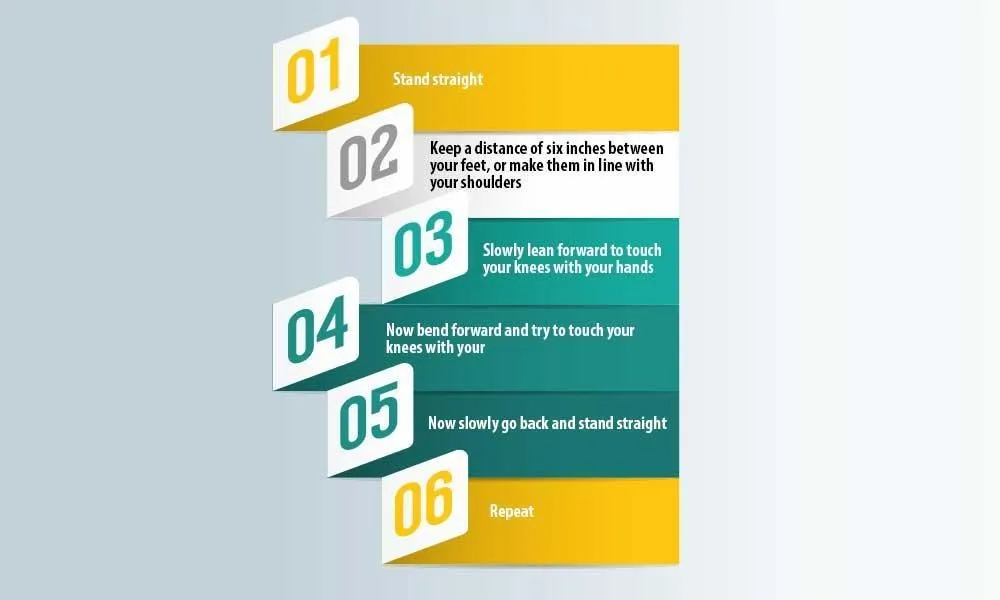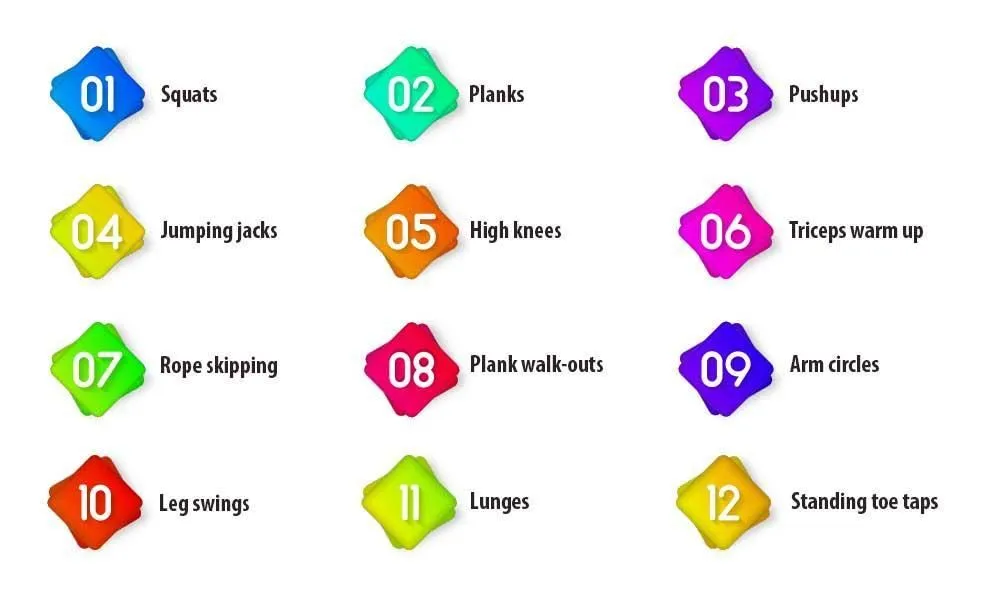Many people make a simple mistake when they are beginning their fitness journey. They focus on strength training and they go for long runs and spend hours in the gym lifting irons, but they forget a very important part of fitness: stretching. It is not just about flexing your arms and legs and then going to work out. It is a lot more than that and here’s why you should not skip it.
Most fitness experts advise starting your workout with stretching, yet it is far too uncommon for even the more experienced people to adhere to it every day. They often have excuses revolving around not knowing how to do it, not needing it, or not being flexible enough.
The truth is far from it because even to lift some weights, you need to prepare yourself physically and mentally. You also need to give your body enough time to prepare for the task ahead rather than just forcing it to do the heavy job immediately.
For weight lifters, runners, swimmers, or any kind of athlete, stretching counts as an important practice that must be included in the training schedule. And it is not just for elite athletes. Even if you’re starting up to stay in shape, you should include a set of focused warm ups in your routine workout sessions.
Let’s talk about what happens if you don’t upbend yourself before you exercise. Here’s a common scenario.
You’ve been going to the gym for a few months, lifting weight, and getting stronger. But one day, your back hurts. You lean over to touch your toes and realize you can’t. Then a few days later, you’re carrying a box up the stairs and you slip. As you fall, you feel horrible pain in your leg: you’ve pulled your hamstring.
What could have prevented this injury? Stretching or warming up for days before taking the shot.
Also read: Why an Online Doctor Is My Best Bet (And Why You Should Read This Twice)?
The importance of stretching is even more obvious for all fitness professionals. If you flex yourself both before and after a workout, you increase the flow of blood and energy to your muscles. As you translate the energy requirement seamlessly, there is less chance of you hurting yourself. This will also help you recover quickly and alleviate soreness quickly.
Constant, throbbing pain in your back and shoulders could often be a signal of a poor physical stance- and doing warm-ups regularly can help you improve your posture. It would also be great to consult a personal fitness trainer for the ends (because popping pills won’t take you beyond some instant relief).
Most of us work desk jobs. While that job might be good for your wallet, all that sitting is very bad for your body. Your glute muscles can atrophy, your posture may suffer, and you might end up with chronic back pain. Including some light flexing in your day will help you avoid these problems.
Infographic:
Now that you know why you should upbend yourself, you might want to ask how and when I should do so. Previously, people thought it was important to stretch before a workout, but modern research suggests otherwise.
Here’s how to do the simplest one of them, called Simple Back Stretch. It is meant for working professionals and one may even do it in one’s seat.
stand straight
Keep a distance of six inches between your feet, or make them in line with your shoulders
Slowly lean forward to touch your knees with your hands
Now bend forward and try to touch your knees with your shoulders
Now slowly go back and stand straight
Repeat
Tip: One should stick to this dynamic 5 to 10-minute warm-up before a workout or anytime when one is feeling cramped.
After you finish your workout, spend 10 minutes flexing yourself physically. It doesn’t have to be intense, and you don’t need to stretch every muscle in your body. You can get better results focusing on the large muscle groups and any specific muscle that you want to develop for lean mass.
Infographic:
Here are some of the best pre-workout stretches that you can do today:
Squats
Planks
Pushups
Jumping jacks
High knees
Triceps warm up
Rope skipping
Plank walk-outs
Arm circles
Leg swings
Lunges
Standing toe taps
You may choose a few of them and do them for about 15 minutes.
Once a week, it is a good idea to attend a yoga class, or spend 45 to 60 minutes focusing on stretching. This will help increase your overall flexibility and strength, and allow you to be more effective during all your workouts later in the week.
You could derive benefits like a calmer and clearer mind, and increased self-awareness by doing Yoga or Zen every day. Meditation shall also boost your flexibility, immunity, physical strength, and metabolism, with a feeling of pleasantness inside you.
Your morning or evening stretch routine should always run parallel to your fitness workouts, be it for lifting heavy irons or running a 5k race, or even for just melting some flab off your midsection. It would also tone your body muscles for higher goals like running for more distance.
A little bit of stretching or doing some warm up exercise can normalize the blood flow in the muscles and capillaries, thus helping the runner get better results with his run per unit time. Here’s what else you should expect from it:
It reduces the risk of injury
It makes you agile and sharper
It tones up all the muscles required for running longer, like the hamstring and quadriceps
The same effect may be translated for doing squats, swings, jumping jacks, or even HIITs
It helps you relax and cool down after a strenuous session
It reduces post-workout soreness, fatigue, and pain
It helps reduce wear and tear of tendons
The key is to not overdo these exercises lest they eat up into your prized fitness sessions. Some people might even think of doing them as their fitness goal, even though they won’t help by much.
There is a huge difference between stretching and warm ups. It relates to the chronological order of doing them and to the results that one derives from them.
Stretching comes first to increase your range of motion and to make your body flexible, whereas warm ups lead you to the optimum levels of body temperature and blood circulation. Both of them are crucial for having a rewarding personal training or running session.
The importance of warm up or stretching is something that everyone should focus on. It helps you to remain healthy and avoid injuries. Including stretching in your weekly workouts will increase your mobility and help you recover faster.
Also read: Myths about Pre and Post-Workout Foods
After each workout, you should spend some time stretching out the big muscle groups. You should also opt for spending some time addressing all the muscular pains in your body once a week. This would help you be more flexible and confident with your fitness regime.
You should also set aside some time for your body to cool down. Achieved over a few minutes, it can help you get the most of your personalized fitness plan. It will keep you away from injuries by working on your muscles, unstiffening your joints, and improving blood flow to your muscles.
Together with every warm up session, it also optimizes health vitals like blood pressure and blood sugar levels so you could work them out properly. This keeps your muscles away from ripping or tearing themselves, thus saving you a lot of post-treatment care.
Please check these two free resources (here and here) to know why our online fitness experts advise professionals to start their regimes in a slow and calculated manner. If you are a fitness coach or expert yourself, we welcome you to advise your clients about the exercises that should start with.




